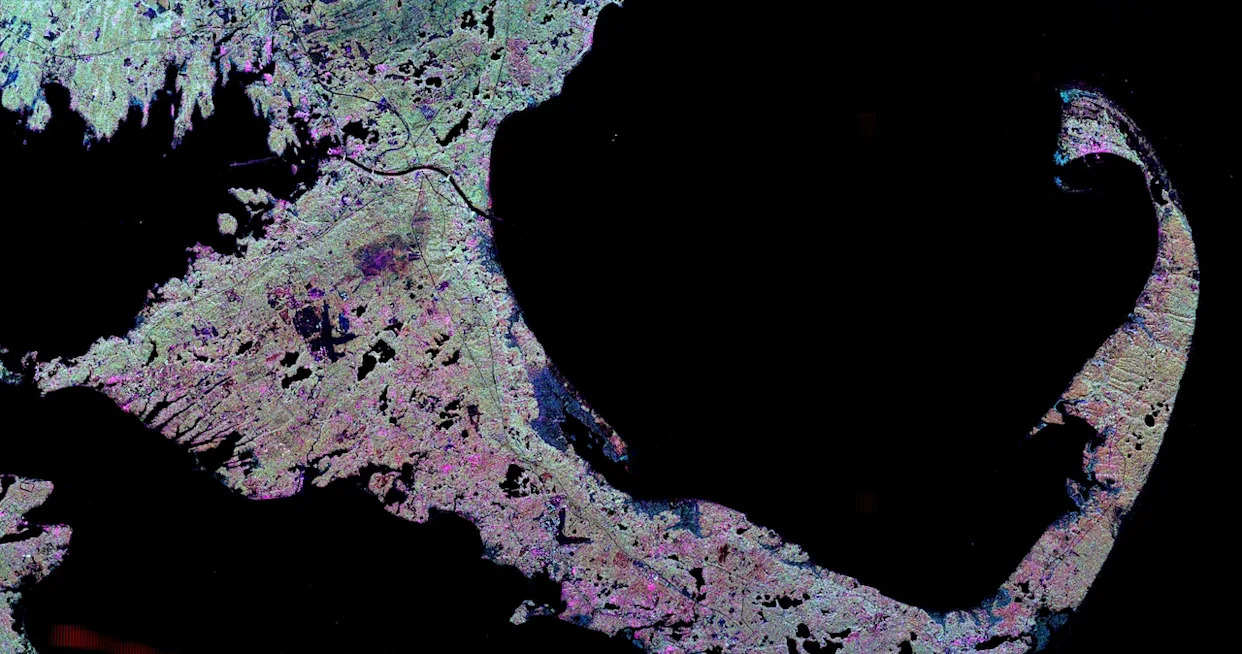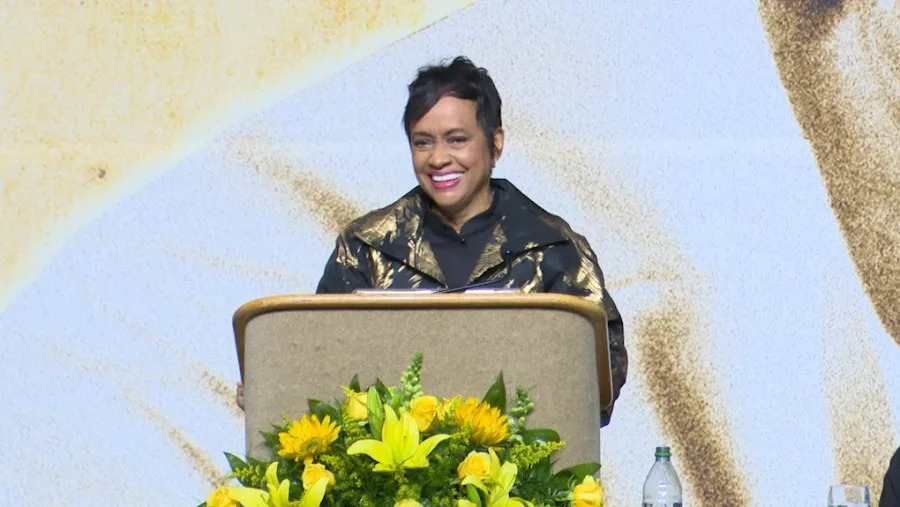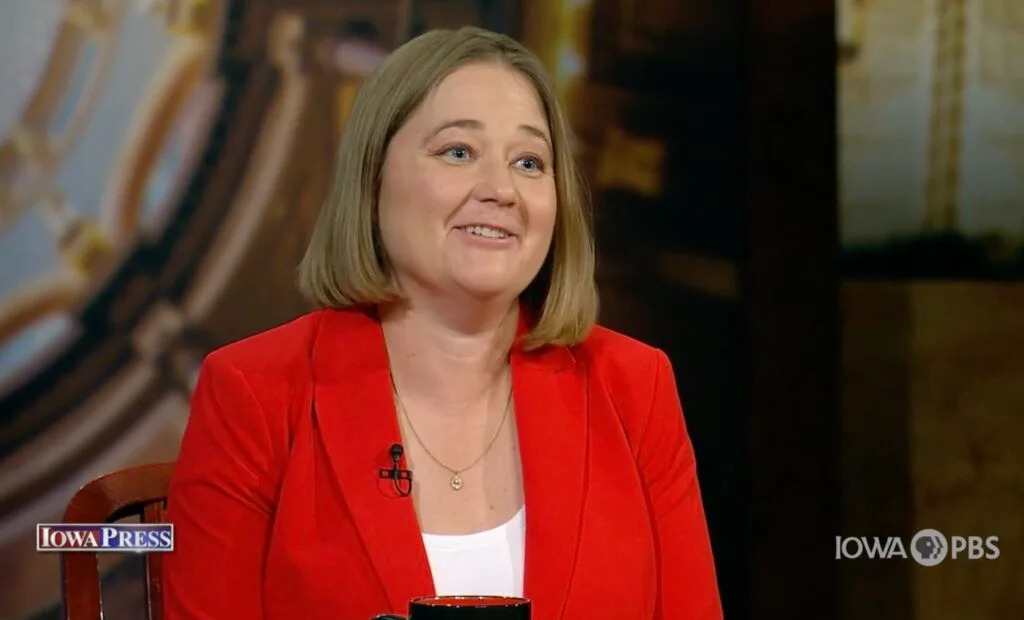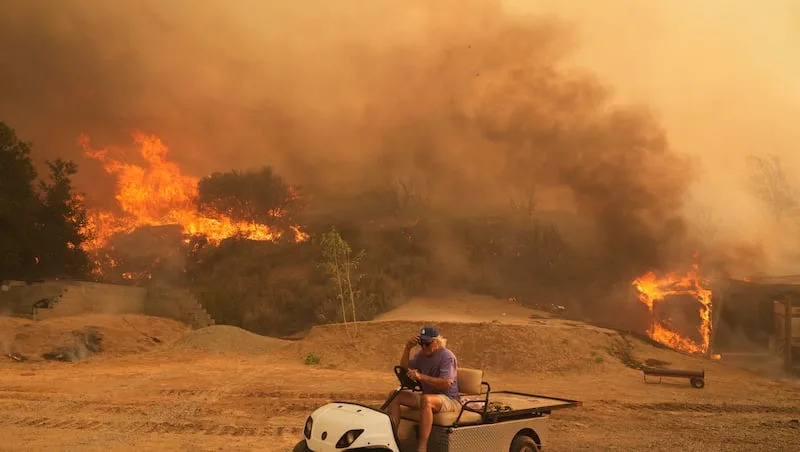
With little recent rain and long-lasting high temperatures this summer, Cape Cod is now under a “significant drought” as the entire state begins to dry out, officials announced Friday.
“Drought is a look back on conditions over a period of time,” read a statement from Energy and Environmental Affairs (EEA).
“July was notably warm in Massachusetts ... [and] regions that are currently not in a drought are starting to see some indices impacted by the low precipitation,” the statement read.
The Cape Cod region has been upgraded to a Level 2 — Significant Drought as of Friday, after it was at Level 1 — Mild Drought in July. Nantucket County is currently at Level 1, while Dukes County on Martha’s Vineyard is still at Normal Conditions.
The EEA listed recommendations in its drought management plan protocol for communities and people living and working in a Level 1 or 2 area, including those who have private wells.
Those in a Mild Drought zone are asked to cut back water use at homes and businesses by limiting outdoor watering to once a week in off-peak hours, fixing indoor leaks and picking drought-tolerant landscaping. Communities are also encouraged to launch public education campaigns, check emergency waters and draft drought response plans.
Tighter restrictions apply in a Significant Drought. This included hand-held watering only in designated hours — before 9 a.m. and after 5 p.m. — and bas on non-essential outdoor water use, like washing vehicles or other surfaces. Towns are expected to enforce local rules with water-use reduction targets and connect directly with high-usage customers to bring down consumption.
Residents and businesses are also encouraged to check with their local water system for more stringent restrictions.
While southeastern parts of the state, along with the North Shore and Central and Western Massachusetts, have not yet reached a level on the EEA chart as of Aug. 8, “conditions are starting to dry all across the state.”
Average temperatures in July statewide were about two to five degrees above normal, state officials said, and precipitation levels varied across the state.
Some areas have received above-normal rainfall amounts this summer, while Cape Cod & the Islands and the northeastern and southeastern parts have had below-average rain.
This is posing a dangerous risk for outdoor fires, the officials said.
Additionally, fish passage in rivers, streams and ponds has been impacted, as the weather conditions cause drier soil and reduced water levels, and groundwater levels have begun to decline again on Cape Cod.
“More precipitation is needed to improve hydrological systems, especially groundwater and fire danger indices, in areas that are lagging,” the officials stated.
The EEA plans to monitor drought conditions in coordination with state and federal agencies, as stated in its drought management plan protocols, which will implement drought response actions — like water use restrictions — if necessary. The Massachusetts Water Resources Authority (MWRA) water supply system is not currently experiencing drought conditions, the officials said.
Residents are encouraged to report dry environmental conditions and submit photos to help monitor the situation at this link. The EEA also made a FAQ for more information.
The Drought Management Task Force will meet again to assess the situation on Sept. 8.
More Cape & Islands content
Read the original article on MassLive.








Comments